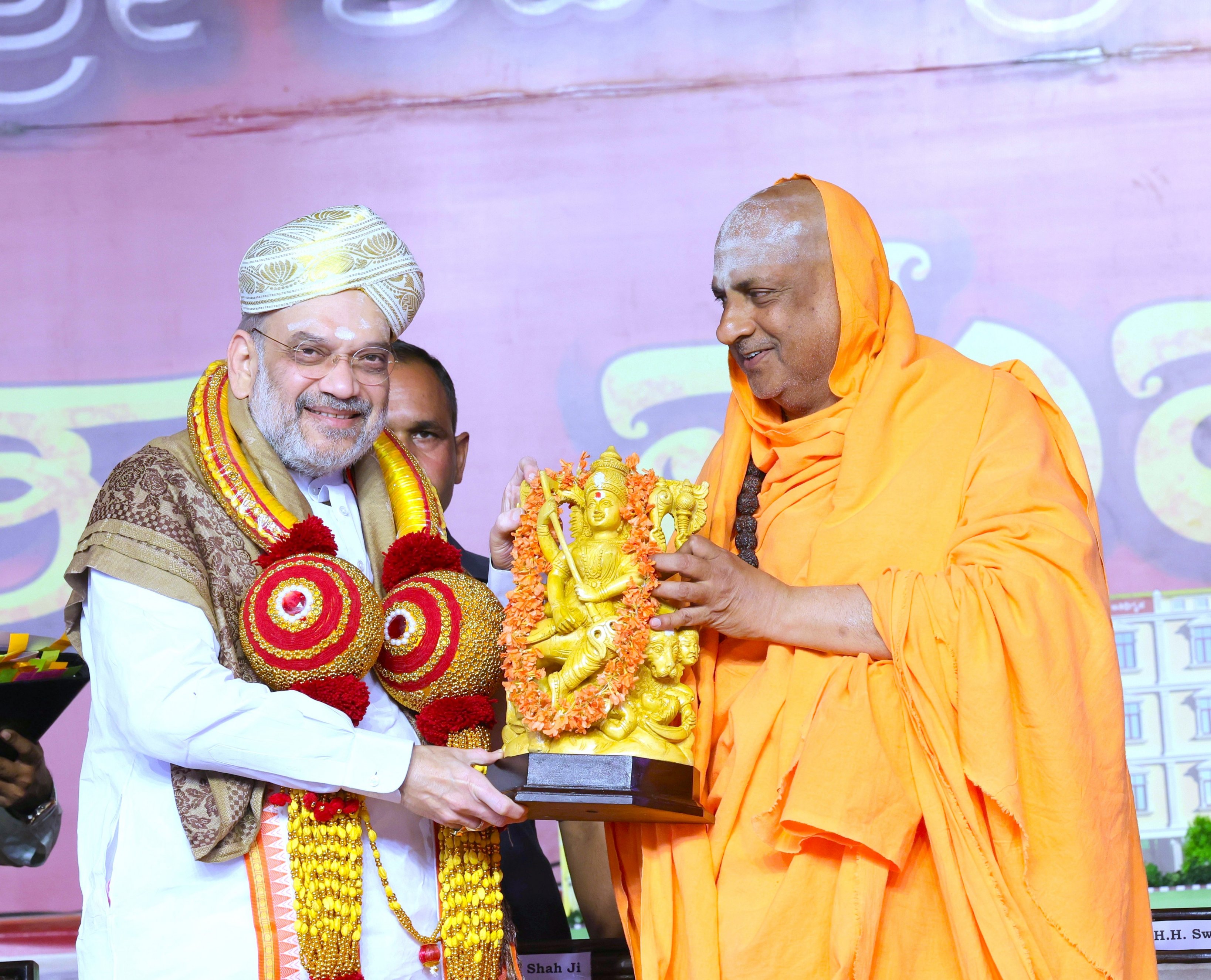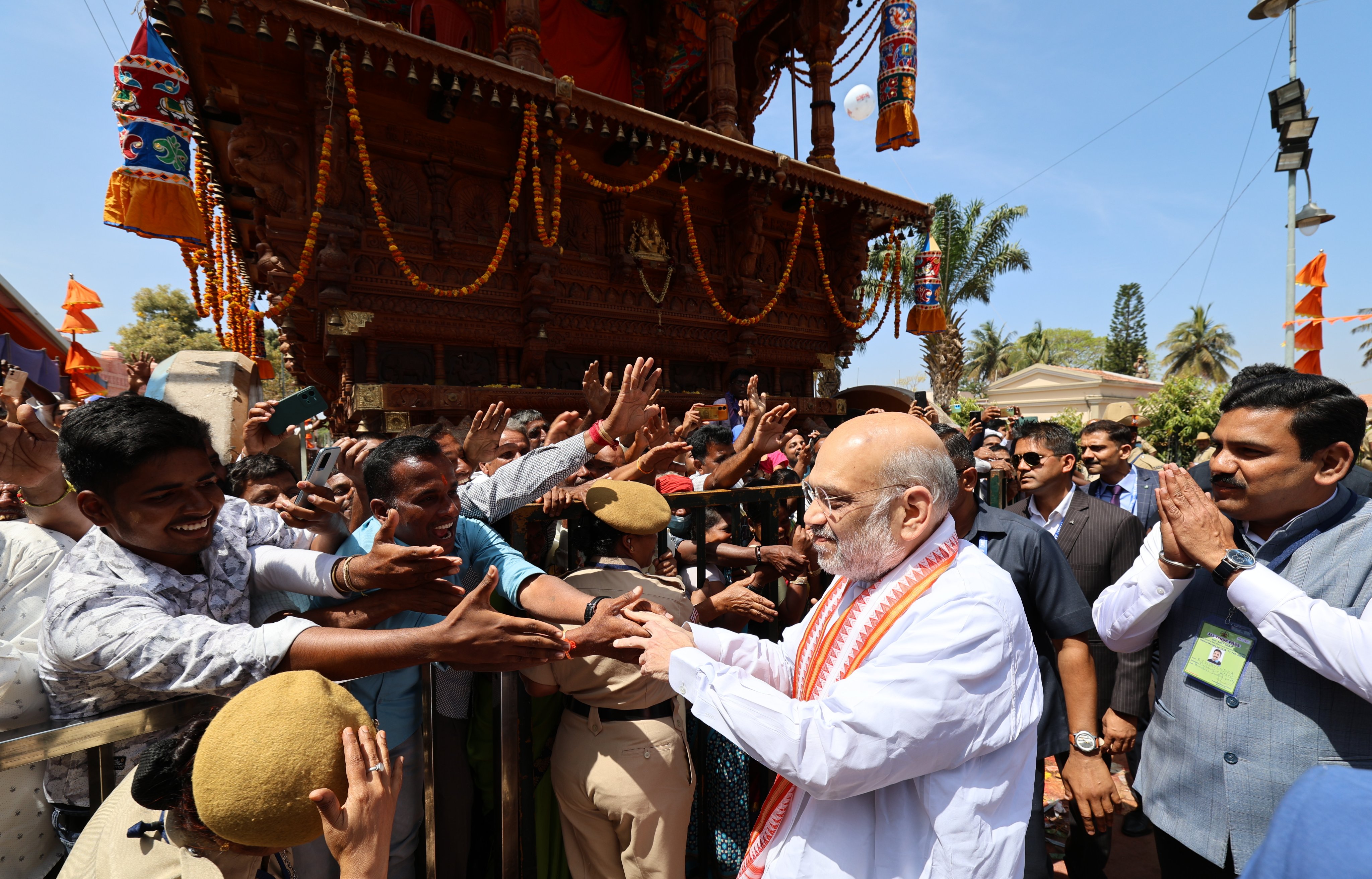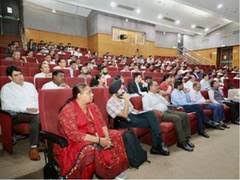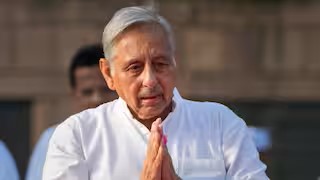The rhythmic echoes of temple bells and the vibrant hues of traditional attire painted a picture of cultural immersion as Union Home Minister Amit Shah addressed the Suttur Jathra Mahotsav in Mysuru, Karnataka. His words resonated beyond a mere political address, weaving a tapestry of appreciation for the Mutt’s longstanding commitment to service, inclusivity, and cultural revival, echoing Prime Minister Narendra Modi’s national vision.
 Shah’s address transcended ceremonial greetings, delving into the rich history of the Suttur Mutt. He hailed it as a beacon of “selfless service, work is worship and charity,” its 24 saints serving as embodiments of these ideals. He acknowledged the Mutt’s profound impact on millions worldwide, drawing inspiration from its unwavering dedication to spiritual guidance and uplifting lives.
Shah’s address transcended ceremonial greetings, delving into the rich history of the Suttur Mutt. He hailed it as a beacon of “selfless service, work is worship and charity,” its 24 saints serving as embodiments of these ideals. He acknowledged the Mutt’s profound impact on millions worldwide, drawing inspiration from its unwavering dedication to spiritual guidance and uplifting lives.
The Jathra Mahotsav itself became a focal point. Shah saw it as a vibrant celebration of India’s diverse cultural tapestry, where chariot processions (Rathotsav), sacred rituals (Tapotsav), and mass weddings intertwine. He recognized the festival’s ability to rekindle cultural heritage, ensuring traditions are passed down through generations, enriching lives with spiritual and social significance.
But Shah’s praise extended beyond mere tradition. He lauded the Mutt’s proactive approach to inclusivity, highlighting the establishment of a polytechnic institute specifically for students with disabilities. This, he declared, held “special significance” for the nation, showcasing Mutt’s commitment to creating a society where no one is left behind.
Drawing parallels, Shah commended Prime Minister Modi’s unwavering focus on cultural revival. He cited landmark projects like the Ram Temple in Ayodhya, the Kashi Vishwanath Corridor, and the revitalization of pilgrimage sites like Kedarnath and Badrinath as testaments to this vision. In Shah’s view, these initiatives, alongside the Suttur Jathra Mahotsav, served as powerful reminders of India’s rich cultural heritage and its contribution to the world stage.
However, Shah’s address wasn’t solely focused on past glories. He acknowledged the importance of striking a balance between cultural preservation and national progress. He applauded the Modi government’s initiatives towards ensuring a “safe and prosperous” India, emphasizing its commitment to strengthening the nation’s economic and social well-being. Additionally, he highlighted the government’s efforts to preserve ancient practices like Yoga and Ayurveda, showcasing a multifaceted approach that embraces both tradition and advancement.
Ultimately, Shah’s address transcended political rhetoric. It served as a unifying message, highlighting the shared values of service, inclusivity, and cultural preservation that bind the Suttur Mutt, the Modi government, and the Indian people together. The Suttur Jathra Mahotsav, in its vibrant tapestry of traditions, stands as a testament to these values, promising to continue illuminating the path towards a future where cultural heritage thrives alongside national progress.




